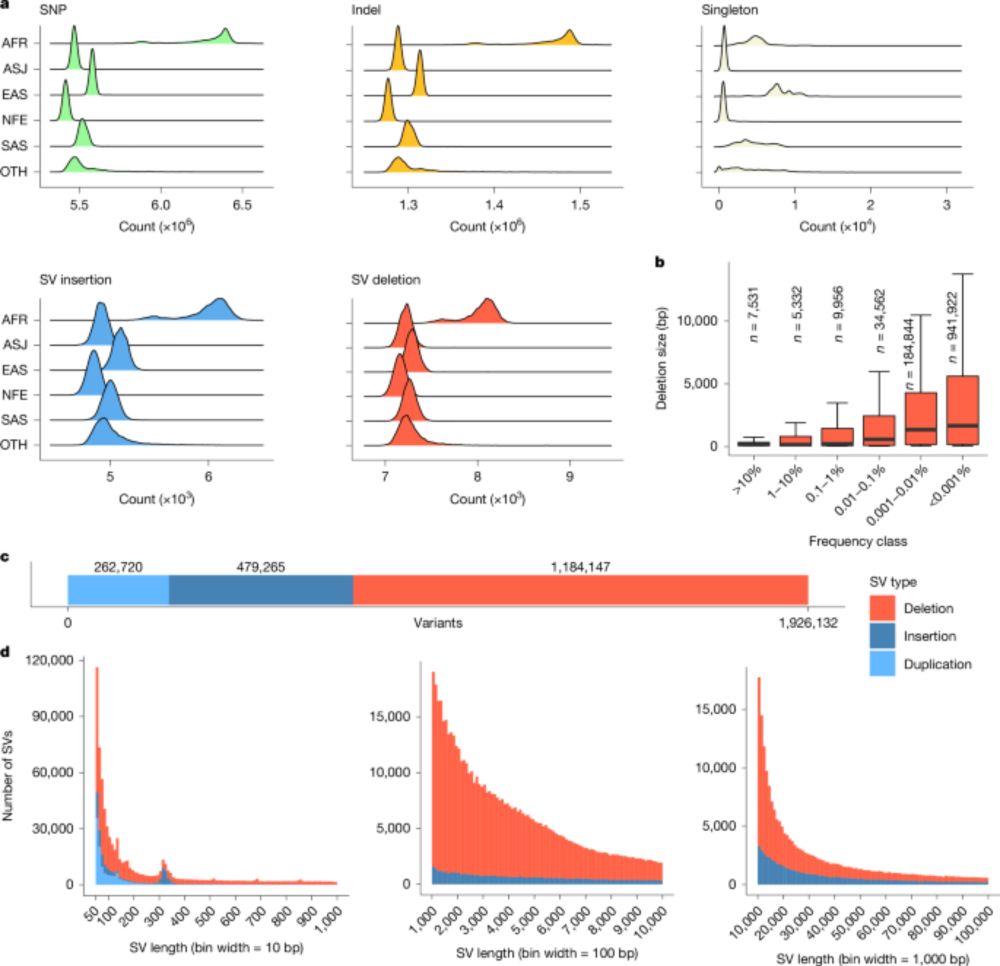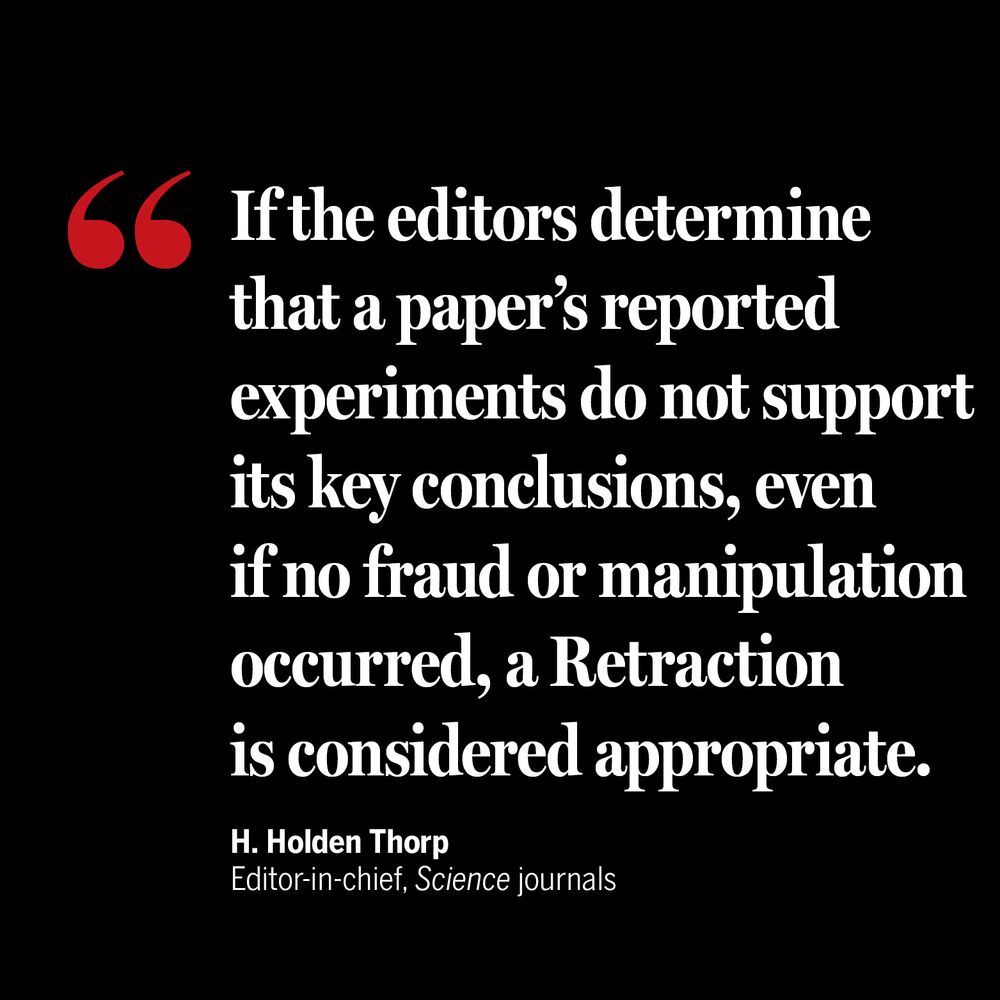@UniofExeter
| Environmental microbiology | Views own | lbolanos68.github.io
Single-particle genomics uncovers abundant non-canonical marine viruses from nanolitre volumes
@rstepanauskas.bsky.social & co
#microsky
www.nature.com/articles/s41...

Single-particle genomics uncovers abundant non-canonical marine viruses from nanolitre volumes
@rstepanauskas.bsky.social & co
#microsky
www.nature.com/articles/s41...

www.gov.uk/government/p...

www.gov.uk/government/p...


With new SAR11 isolate genomes and time-series metagenomes, we reveal coastal and offshore SAR11 ecotypes, identify associated metabolic traits, and pinpoint selective gene sweeps as a likely evolutionary driver to niche partitioning. 🌊🦠

With new SAR11 isolate genomes and time-series metagenomes, we reveal coastal and offshore SAR11 ecotypes, identify associated metabolic traits, and pinpoint selective gene sweeps as a likely evolutionary driver to niche partitioning. 🌊🦠


with @anne-daebeler.bsky.social, Vojta, Justus&Julius

with @anne-daebeler.bsky.social, Vojta, Justus&Julius
Must read if you use or produce microbiome data!
Kudos to the Data Reuse Core Team for their hard work!
doi.org/10.1038/s415...

Must read if you use or produce microbiome data!
Kudos to the Data Reuse Core Team for their hard work!
doi.org/10.1038/s415...
By mapping plasmid evolution since the pre-antibiotic era, experts found that a minority of plasmids cause most of the multidrug resistance in the world 🧵
By mapping plasmid evolution since the pre-antibiotic era, experts found that a minority of plasmids cause most of the multidrug resistance in the world 🧵


Read here: www.nature.com/articles/s41...

Read here: www.nature.com/articles/s41...

We report in @science.org the discovery of a human homolog of SIR2 antiphage proteins that participates in the TLR pathway of animal innate immunity.
Co-led wt @enzopoirier.bsky.social by D. Bonhomme and @hugovaysset.bsky.social
www.science.org/doi/10.1126/...
We report in @science.org the discovery of a human homolog of SIR2 antiphage proteins that participates in the TLR pathway of animal innate immunity.
Co-led wt @enzopoirier.bsky.social by D. Bonhomme and @hugovaysset.bsky.social
www.science.org/doi/10.1126/...
Story time! When this paper came out in 2010, I was neck-deep trying to grow SAR11 on defined medium. Everyone thought there was some magic "missing" ingredient. Maybe nucleotide monophosphates? 1/6

Story time! When this paper came out in 2010, I was neck-deep trying to grow SAR11 on defined medium. Everyone thought there was some magic "missing" ingredient. Maybe nucleotide monophosphates? 1/6






